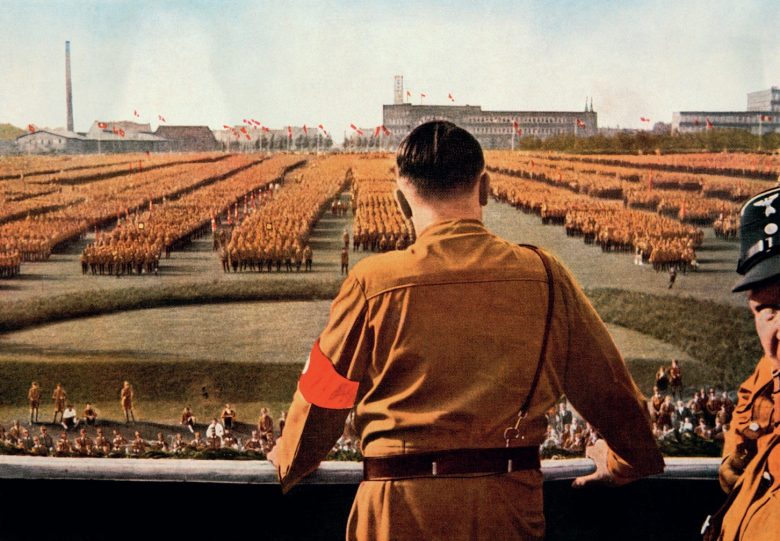
The Liberal Democrats polled just 7% of the vote in the 2014 European elections, trailing in fifth place and losing all but one of their twelve seats in the European Parliament. They lost 310 councillors in the local elections, and came sixth in the Newark by-election. But Nick Clegg survived attempts to force a change of leader. What explains the decline of the Lib Dems?
The Lib Dems lack the strong identity of their main rivals, and their identity has been diluted further since 2010. Ideologically, they are normally positioned near the centre and claim to be equidistant between the Conservatives and Labour. Under Paddy Ashdown, however, the party sought realignment on the left and worked with New Labour on constitutional reform. Charles Kennedy readopted equidistance but the Lib Dem leadership was dominated by social liberals who favoured state intervention to reduce inequality. From 2005 ‘Orange Book’ Lib Dems such as Clegg steered the party towards classical liberal positions, paving the way for coalition with the Conservatives.
Your organisation does not have access to this article.
Sign up today to give your students the edge they need to achieve their best grades with subject expertise
Subscribe




